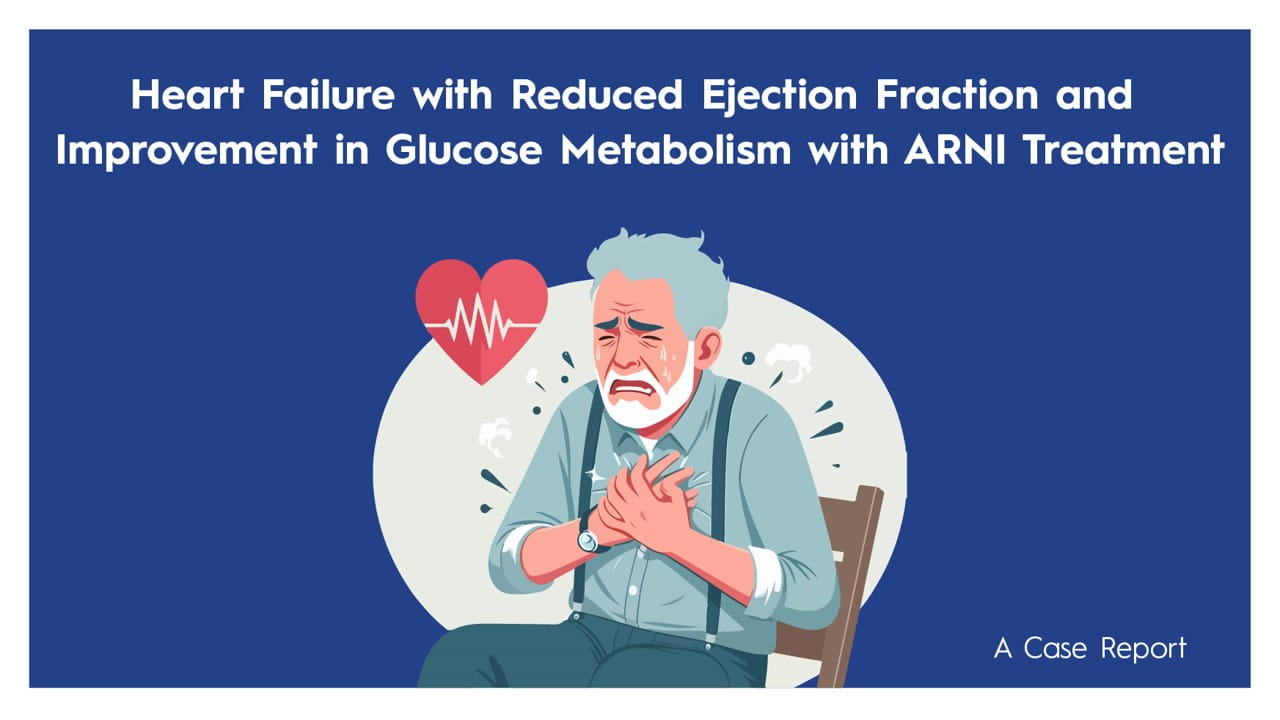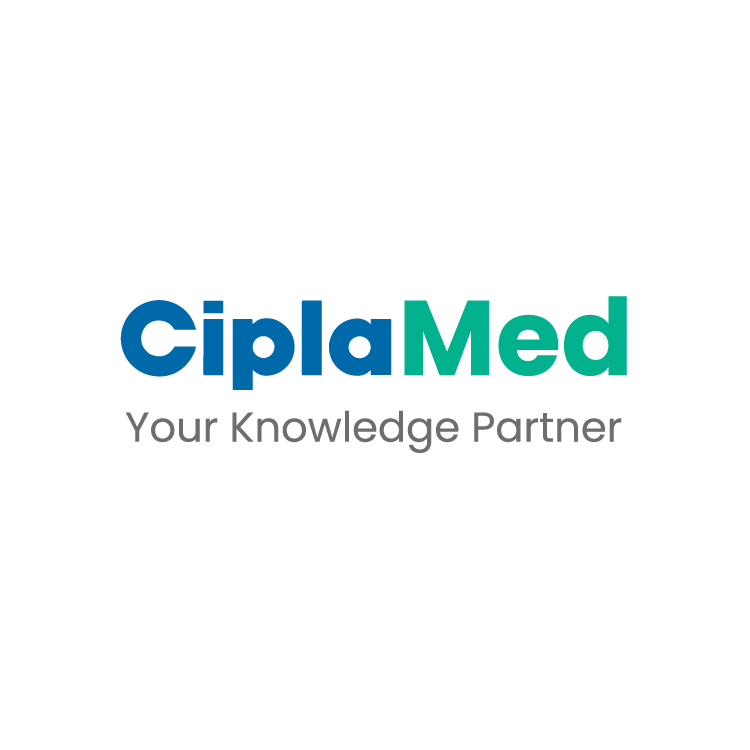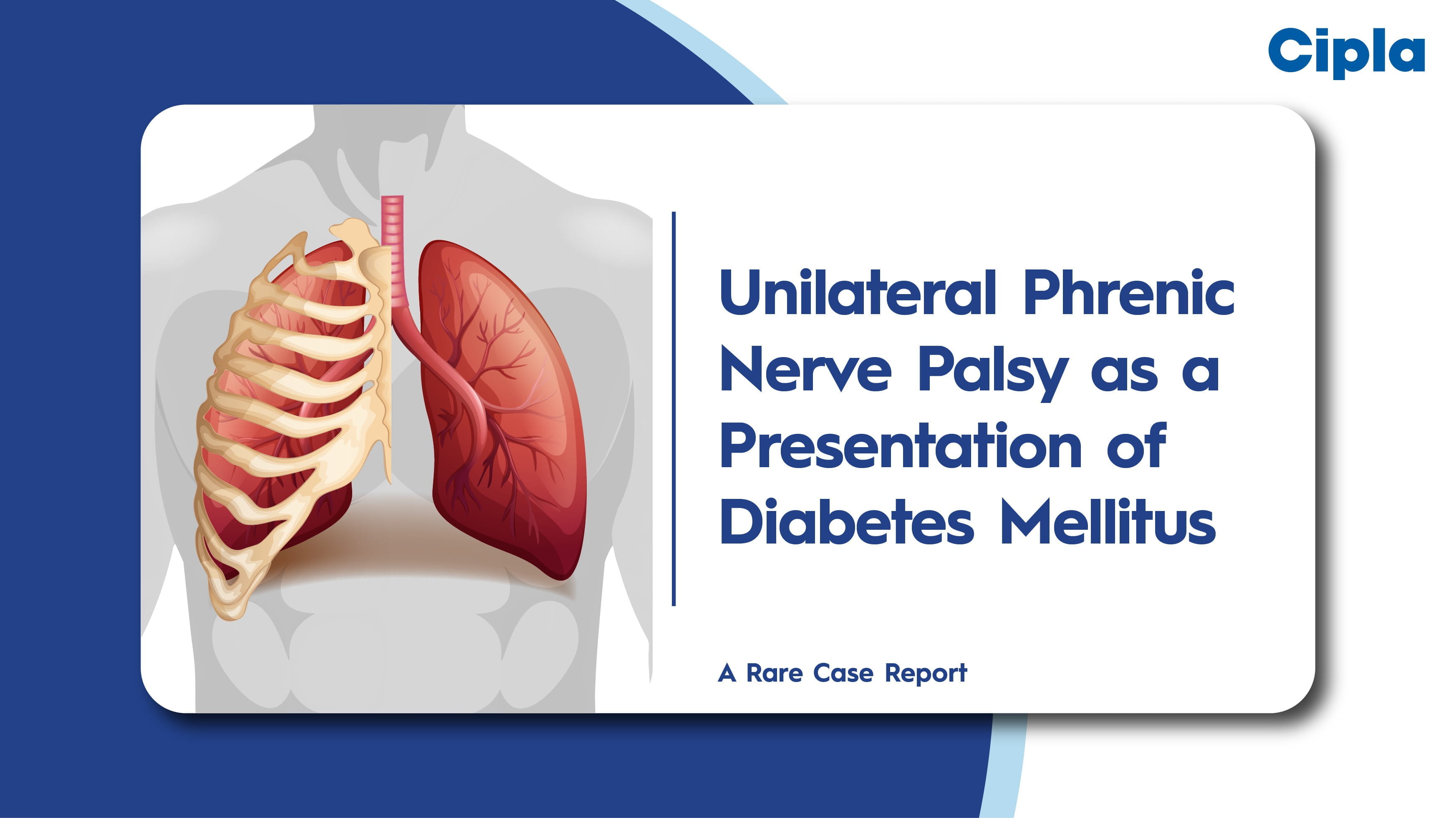Introduction:
QWINT-1 evaluated weekly efsitora vs daily glargine U100 in insulin-naïve adults with type 2 diabetes (T2D). This analysis assessed patient-reported outcomes (PROs) to understand perspectives on treatment satisfaction, burden, and routine incorporation.
Methods:
- Participants: Efsitora (n=397), Glargine U100 (n=398)
- PRO Tools:
- TRIM-D: Treatment burden, daily life, diabetes management, compliance, psychological health, total score
- DTSQc: Change in treatment satisfaction
- SIM-Q: Perceived complexity
- BIE: Likelihood of incorporating insulin into routine
Results:
- TRIM-D (Change from baseline to week 52)
|
Domain |
Efsitora |
Glargine U100 |
|
Total Score |
15.4 |
13.9 |
|
Compliance |
13.2 |
12.6 |
|
Daily Life |
6.4 |
6.0 |
|
Diabetes Management |
12.5 |
11.3 |
|
Psychological Health |
25.8 |
24.9 |
|
Treatment Burden |
19.3* |
15.7 |
*Statistically significant improvement with efsitora vs glargine.
- DTSQc (Treatment Satisfaction)
- Efsitora: 15.1
- Glargine U100: 14.5 (p=0.029)
- SIM-Q (Perceived Simplicity) - Rated “very simple” by:
- Efsitora: 54%
- Glargine U100: 49%
- BIE (Likelihood of Incorporation) - Rated “very likely” to incorporate into routine:
- Efsitora: 63%
- Glargine U100: 50% (p=0.005)
Conclusion:
In insulin-naïve adults with T2D, weekly efsitora improved PRO scores across treatment burden, psychological health, and satisfaction domains compared to daily glargine. More participants indicated being “very likely” to incorporate efsitora into their treatment routine.
ADA 2025, 20-23 June, Chicago




